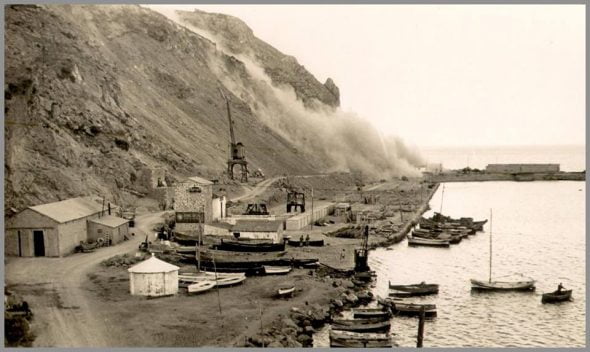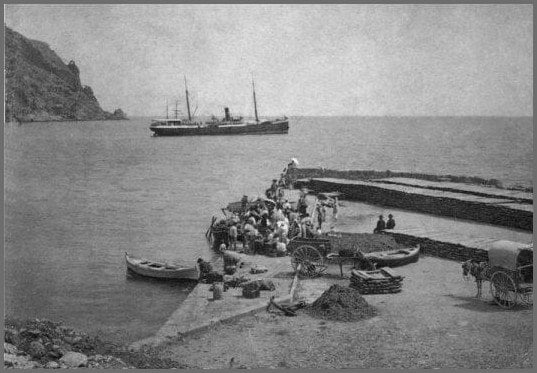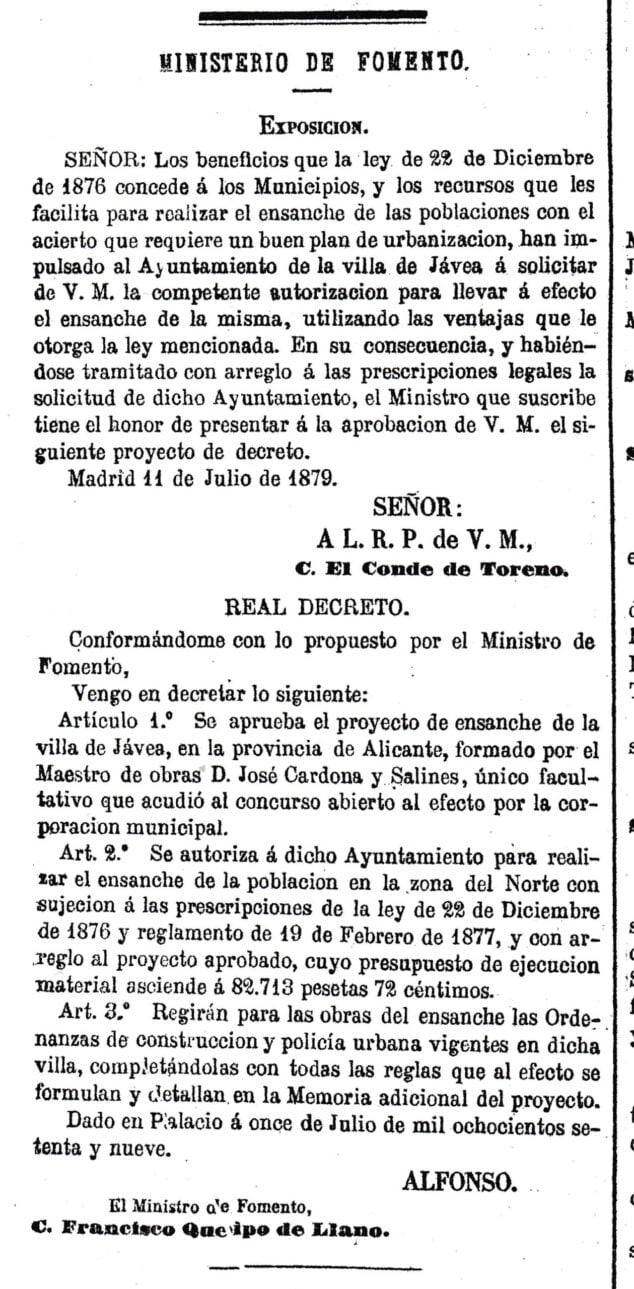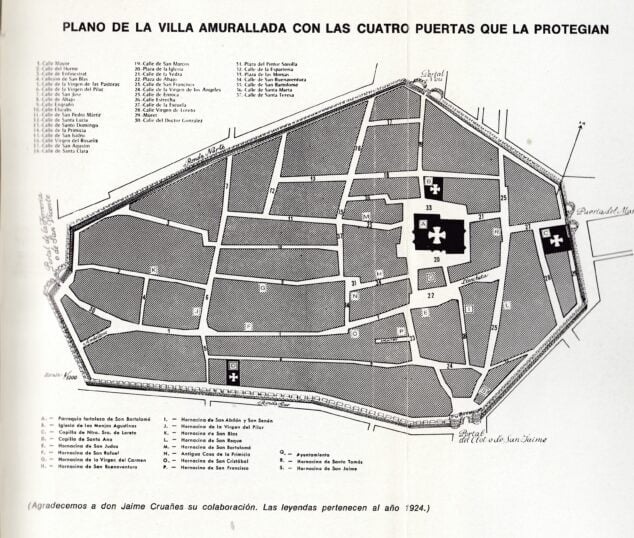140 years ago Xàbia began a new stage of growth. Specifically, in 1879, Xàbia or Jávea as it was then called, a new stage in its history started by two projects that made it grow and put on the map as it had not been before.
The dock of the port of Xàbia
According to the information provided by Juan Bautista Codina Bas, the first project was regulated by a Royal decree published in the Gazette of Madrid, the 29 of March of 1879 and transcribed in the Official Gazette of the Province of Alicante on the 2 of April of the same year . This is the proposal of the Minister of Development that authorizes Mr. Jaime Cruañes and D. Romualdo Catalá, neighbors of Jávea, in the province of Alicante, to build a shelter dock for loading and unloading effects in the Jávea cove, with Subject to the project submitted without State subsidy and under the inspection and supervision of the Chief Engineer of the province.
In said Royal decree it was said: “The dike will start from the tip called Galera, with the collapse of 184º 30 ', and will be 300 meters long”. In art. 4 indicates that “this authorization does not prejudge any matter regarding the establishment and construction of a commercial port in Jávea, and therefore the Government reserves the right to execute other works, either in prolongation of the granted dike, or in other point, without the concessionaires being entitled to any compensation.
The art. 6 indicated that the concession was for 90 years remaining property of the State at the expiration of said term. The concessionaires could charge fees but they were exempt from the payment of rights the warships and property of the State, whatever the place where they anchored, as well as all nationals or foreigners who enter the port of forced arrival, in accordance to the Code of Commerce and Customs Ordinances. A guarantee of 6.000 pesetas was established and the work had to be started within eight months ending in five years. The Royal decree concluded that the work of the dike to be executed will be subject to the provisions of the general laws on customs, health, commerce, national defense and sea ordinances.
Goodbye to the walls. Ensanche de Xàbia
On July 11, 1879, the Expansion Plan was published. Due to the demolition of the walls, the outskirts of the town were connected to the historic center. This was the second project regulated by a Royal Decree published in the Madrid Gazette on July 12, 1879. The approved project had an execution budget of 82.713 pesetas and 72 cents. This news was echoed by several newspapers: La Correspondencia de España, La Iberia, el Siglofutura, Diario oficial de notices de Madrid.
The expansion project had been formed by the master builder Mr. José Cardona Salines, the only doctor who attended the comxicotetion opened by the municipal corporation. This expansion, according to the proposal of the Minister of Public Works, the Count of Toreno, was due to the fact that a good urbanization plan was required to carry out the expansion of the towns, and at that point he accepted the request of the Town hall.
To have an idea of the budgeted amount, it is indicated that the salary of the teacher at the Jávea elementary school was 1.100 pesetas annually and that of the teacher was 733,50 pesetas. The average price that year of a quintal (four arrobas) of raisins was between 60 and 100 reales (15 to 20 pesetas).
Perhaps these two projects would enable the working class to find relief in their needs by being able to access work in one of them. The news that we have of that same year that tell us about emigration is that of the October 5 that left Buenaventura on the way to Algiers, carrying the Buenaventura steam carrying more than one hundred passengers, mostly women and children. Four days later, while El Buenaventura was in a hurried situation due to the storms and the state of the sea, it was the intervention of an Italian captain who saved them from hunger and brought them closer to land. The ship was taken to Alicante to repair it and in Jávea the passengers were left who did not want to continue in anguished situation because when they emigrate to Africa, they have no more than the precise money for the trip, and they lacked any resources to feed themselves. The 20 of October, a few days later, embarked 252 emigrants to Algeria that came from Alicante, Altea and Jávea.
It so happens that José Cardona Salines, the master builder who drafted the expansion project, was the great-grandfather of Juan Bautista Codina Bas, the author who provided this documentation.










